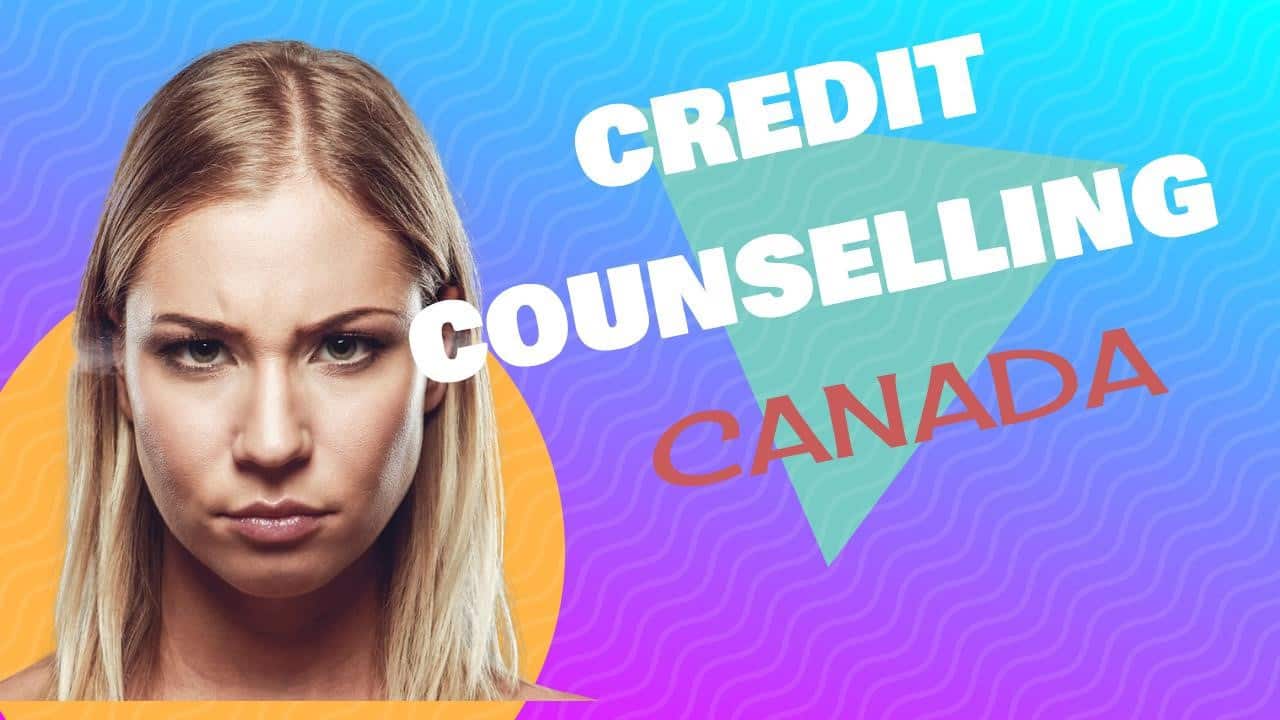
Trustees in bankruptcy Toronto Ontario introduction
On April 15, 2019, a group of companies operating as QuadrigaCX (Quadriga) became bankrupt. This followed their initial application under the Companies’ Creditors Arrangement Act (CCAA) to get bankruptcy protection.
The purpose of this Brandon’s Blog is to describe the latest events in this ongoing saga. Especially something trustees in bankruptcy Toronto Ontario usually don’t dig this.
What was Quadriga
Quadriga operated a crypto money exchange permitting customers to save, get, and offer various cryptocurrencies (including Bitcoin, Bitcoin Cash Money, Bitcoin Cash SV, Litecoin and Ethereum) on the Quadriga platform.
The cryptocurrency industry is not regulated in Canada and there is no governing body giving oversight.
Canadian chartered banks generally do not supply financial services such as bank accounts to companies operating in the cryptocurrency sector. This held true at Quadriga who needed the solutions offered by Third-Party Payment Processors (TPPP) to provide Quadriga’s treasury functions.
TPPP’s utilize various banking facilities in many countries around the globe. It can be very difficult to trace the flow of funds. Especially if the TPPP purposely sets up an international flow of funds through various intermediaries. We found this when we administered the bankruptcy of Conquest Vacations Inc. (Conquest).
No Canadian or US TPPP would clear Conquest’s credit card transactions. So, Conquest entered into an arrangement with a UK TPPP who utilized, amongst other banks, a financial institution in Mauritius. Our ability to trace the flow of funds with a high level of accuracy was thwarted in that case.
Quadriga was started by Mr. Gerald Cotten. It is reported that he died at. the age of 30 from complications from Crohn’s disease. At the time of his reported death, he was travelling in India.
Apparently, Mr. Cotten was the only person who knew the passwords associated with all the wallet addresses holding cryptocurrency.
Various issues faced by Trustees in bankruptcy Toronto Ontario
The Trustee was unable to find any documentation or other information regarding passwords. The Trustee also was unable to locate conventional books and records. The Trustee was not able to locate basic company records or accounting records.
There were also no records found documenting the location of Quadriga’s cryptocurrency and money reserves between third party settlement processors, savings account, wallet addresses and other third-party exchanges.
There also appeared to be no segregation of assets between funds of Quadriga and its customers. This would make it extremely difficult in any bankruptcy administration for trustees in bankruptcy Toronto Ontario or anywhere else in Canada.
The Trustee found that a substantial volume of cryptocurrency from Quadriga’s platform was transferred to competitor exchanges, some of which were transferred into personal accounts controlled by Mr. Cotten.
Additionally, significant amounts of cryptocurrency were moved to wallet holders whose identification was impossible to identify.

Gerald Cotten enrichment found by Trustees in bankruptcy Toronto Ontario
It turns out that the cryptocurrency of Quadriga’s customers was taken off the Quadriga system to other third party exchanges and traded on those exchanges.
In other situations, cryptocurrency and its resultant cash were utilized for a margin trading account established by Mr. Cotten. Trading losses sustained and also incremental fees charged by exchanges negatively affected Quadriga’s cryptocurrency books.
Mr. Cotten created particular accounts on the Quadriga system under pen names where it appears that make-believe cryptocurrency and cash funds were deposited and used to trade within the Quadriga platform.
This resulted in inflated revenue numbers and ultimately the withdrawal of customers’ cryptocurrency. Substantial funds were moved to Mr. Cotten directly and various other associated accounts. This resulted in a substantial amount of cash and cryptocurrency reserves that could not be located.
The Trustee’s examination revealed that Mr. Cotten occasionally moved substantial cryptocurrency as well as various other funds outside of Quadriga. In certain instances, these transfers were for considerable amounts of currency routed to Mr. Cotten directly. Funds were used to fund personal costs and also the purchase of various personal assets.
In various other cases, transfers were made straight to his wife, Jennnifer Robertson. Funds were also used to pay personal expenses and to purchase personal assets both in her name or the name of companies which she controlled.
The trustees in bankruptcy Toronto Ontario settlement with Jennifer Robertson
Ms. Robertson has offered the Trustee a settlement offer that involves returning the majority of her possessions, the assets of Mr. Cotten’s Estate and also the assets of entities owned by Ms. Robertson or the Estate to the Trustee.
Negotiations have led to a settlement agreement acceptable to the Trustee. The Trustee was of the view that a negotiated settlement was more effective than ongoing litigation.
The settlement arrangements were substantial and conducted at arm’s length. The Trustee sought and obtained the agreement of the Inspectors in the Quadriga bankruptcy administration.
The settlement to transfer almost all of the assets owned by Ms. Robertson, the various companies and the Estate was also approved by the Court. So everything seems to be going smoothly, right?
Trustees in bankruptcy Toronto Ontario usually don’t dig this!
Not quite. On Friday, December 13, 2019, the legal team representing individuals who were users of the platform in these bankruptcy proceedings and who have lost collectively millions of dollars, sent a letter.
The letter went to the Royal Canadian Mounted Police seeking an exhumation and also post-mortem autopsy be performed on the body. The reason is to confirm both its identity as well as the cause of death.
They say information revealed during the proceedings, even more, highlights the requirement for assurance around the concern of whether Mr. Cotten is in fact deceased.
I don’t know why these lawyers feel that proving Mr. Cotten is in fact dead is so important. Maybe they feel that anyone who would give up substantially all of her assets, the Estate’s assets and related companies’ assets, must have more money somewhere else hidden.
Maybe they think that Mr. Cotten faked his own death, has millions of dollars that still have not been found and the two will reunite once the heat is off. I don’t know why, but this certainly is an unusual turn of events in a bankruptcy administration.
It is certainly something that trustees in bankruptcy Toronto Ontario or anywhere else in Canada don’t dig!
We will have to see how this saga unfolds and if there will be any more surprises.
Summary
I hope you found this Brandon’s Blog, Trustees in bankruptcy Toronto Ontario usually don’t dig this interesting. Sometimes things are too far gone and more drastic and immediate triage action is required.
Do you have too much debt? Are you in need of financial restructuring? The financial restructuring process is complex. The Ira Smith Team understands how to do a complex restructuring.
However, more importantly, we understand the needs of the entrepreneur or the person who has too much personal debt. You are worried because you are facing significant financial challenges.
It is not your fault that you are in this situation. You have been only shown the old ways that do not work anymore. The Ira Smith Team uses new modern ways to get you out of your debt troubles while avoiding bankruptcy. We can get you debt relief freedom.
The stress placed upon you is huge. We understand your pain points. We look at your entire situation and devise a strategy that is as unique as you and your problems; financial and emotional. The way we take the load off of your shoulders and devise a debt settlement plan, we know that we can help you.
We know that people facing financial problems need a realistic lifeline. There is no “one solution fits all” approach with the Ira Smith Team. That is why we can develop a restructuring process as unique as the financial problems and pain you are facing.
If any of this sounds familiar to you and you are serious about finding a solution, contact the Ira Smith Trustee & Receiver Inc. team today.
Call us now for a free consultation. We will get you or your company back on the road to healthy stress-free operations and recover from the pain points in your life, Starting Over, Starting Now.




